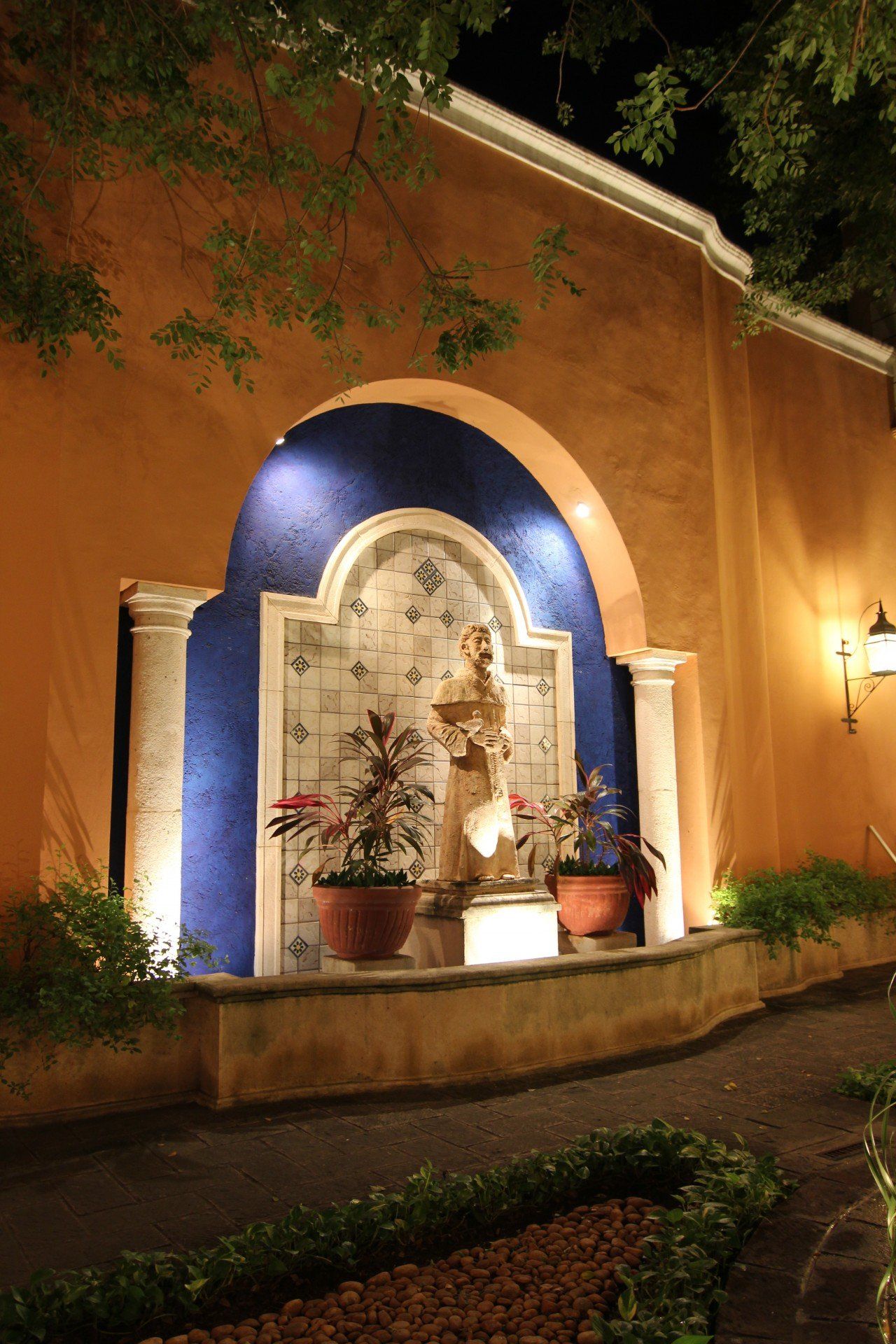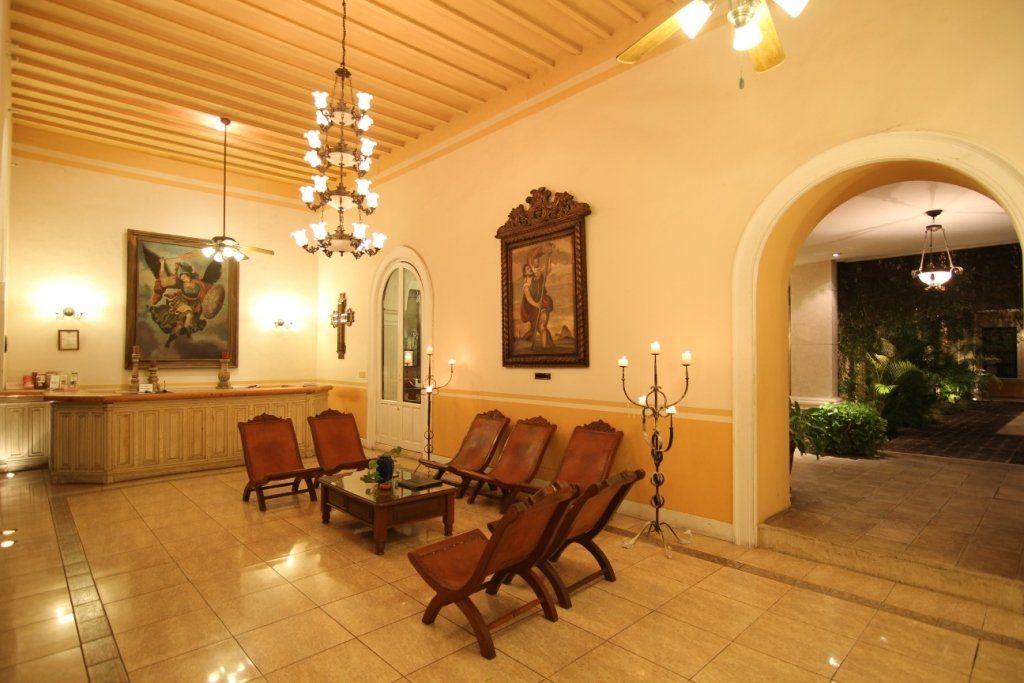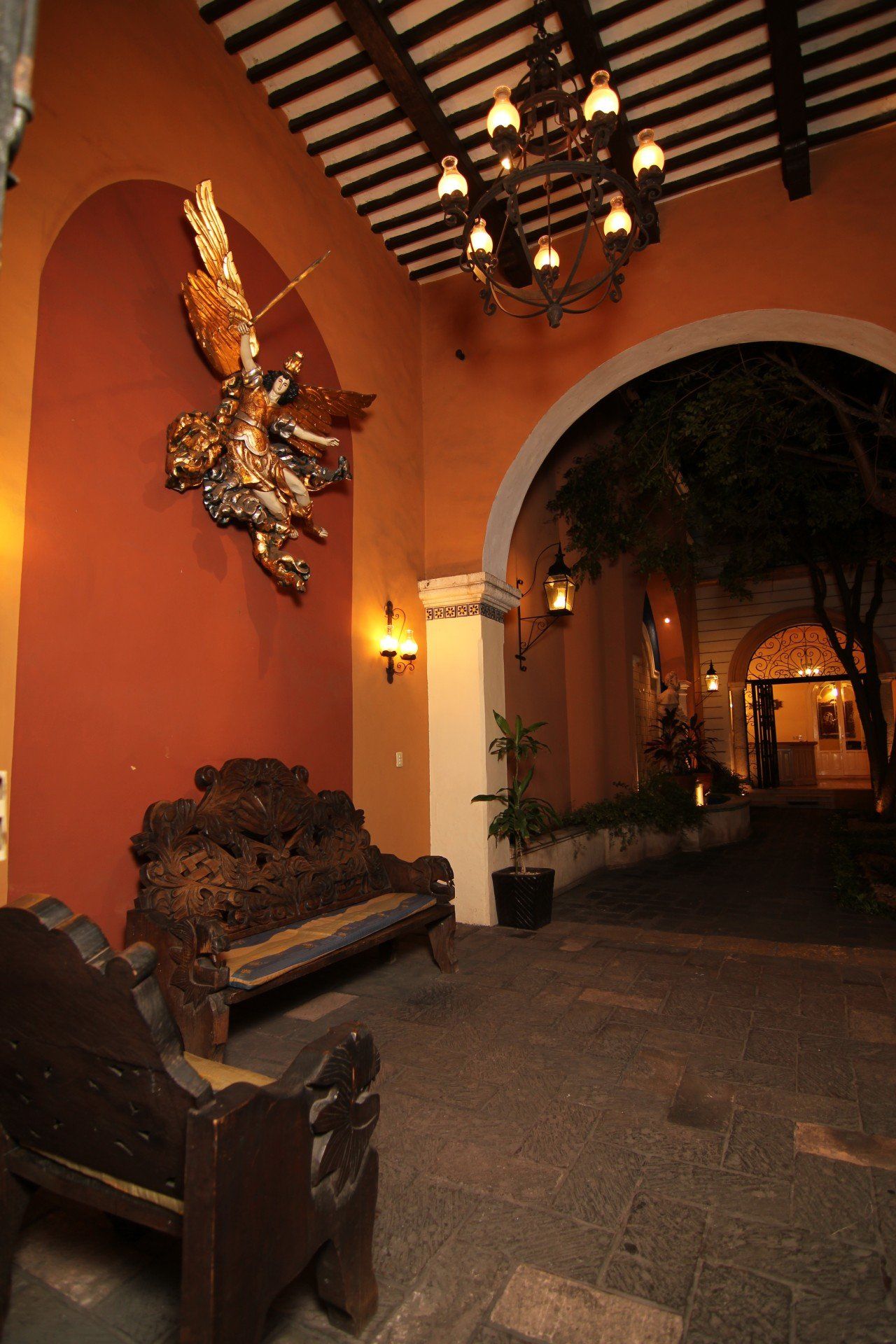THE HISTORY OF THE HOTEL
La Mision de Fray Diego is an old 17th century mansion, restored and converted into a charming and exquisite boutique hotel in Mérida Yucatán.
Around 400 years ago it was part of the Temple of Nuns (Our Lady of Consolation), which currently adjoins the back. Convent completed on June 22, 1596, which now functions as a chapel. Since the second half of the 20th century, it lost a large part of its structure, passing into the hands of private landowners or the Government, such as the cloisters of the Conceptionist nuns who managed it until October 12, 1867, when they were expelled by General Manuel Cepeda Peraza. , and that today is the Municipal House of Culture. The convent came to include the entire block between the current streets 61, 64, 63 and 66 A.
CONVENT
It was built with donations in money or property from individuals, ecclesiastics and religious, and was sustained with the income dowry provided by their families. In addition to making products for sale such as sweets, cookies, breads, fruits, etc. Among their trades, they were moneylenders with very solid financial sources. A large number of commercial agreements were closed in its visiting rooms.
According to what is said, the reason why it was built was because the governor's son, Alvaro de Vozmediano died in a shipwreck on his way to Spain, and his fiancee, Carmita de Ordóñez, from such deep pain decided to consecrate his life to God in a monastery, but there was, at that time, none in Merida.
His father then promoted the construction of the building. The urban nuns (with more relaxed rules of coexistence than the barefoot nuns) in addition to their own work of worship, formed a school for girls and a charity house for elderly and underprivileged women.
In colonial times, convents were like cities that reproduced the social scale of the exterior. Where the nuns lived, their pupils, widows and girls or servants. You entered the convent of your own free will, but you had to be a legitimate daughter, belong to a family of good habits, be between 15 and 17 years old and in good health, pay the dowry and the expenses of the trousseau and the ceremony of taking the habit. There is a latent myth in the city of Mérida, which until now has not been proven or denied. It is believed that there was communication between the Church of the Nuns and the Cathedral through an underground conduit, so that the cloistered nuns had no contact with the outside world. In the town of Maní, 100 km from Mérida, they even affirm that there was a passage under the ground that went from San Miguel Arcángel de Maní and reached the church of the Nuns.








